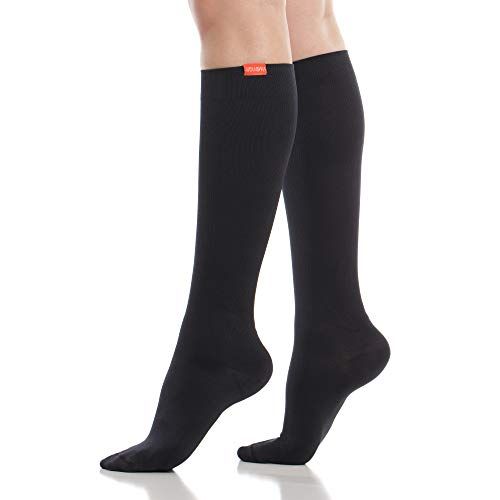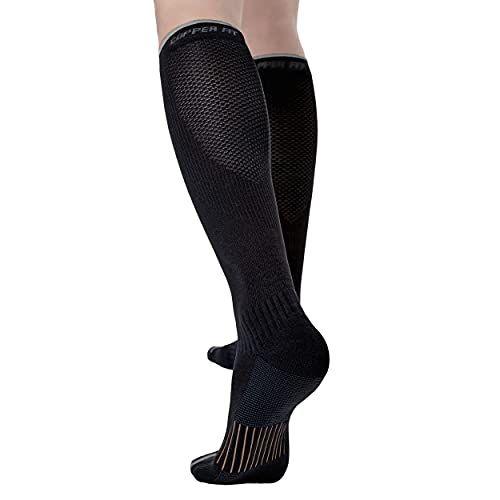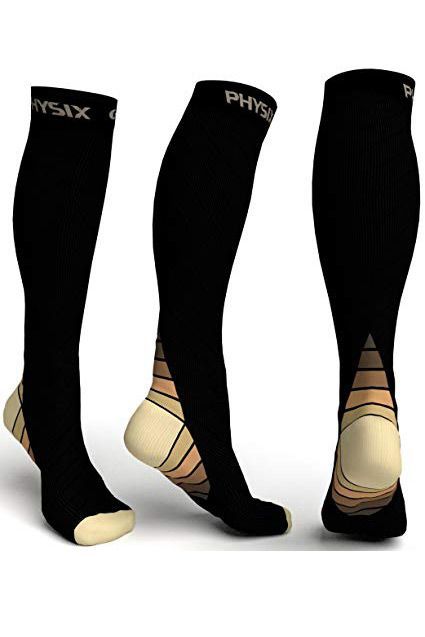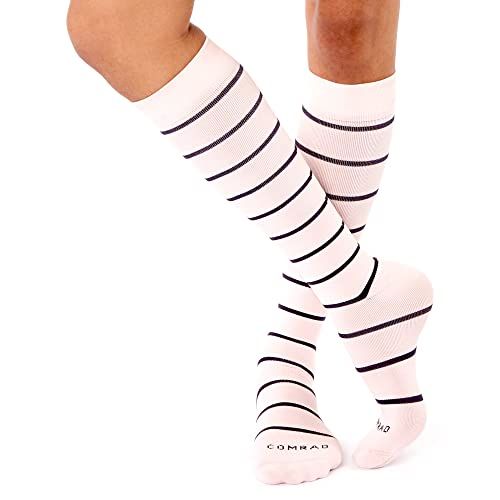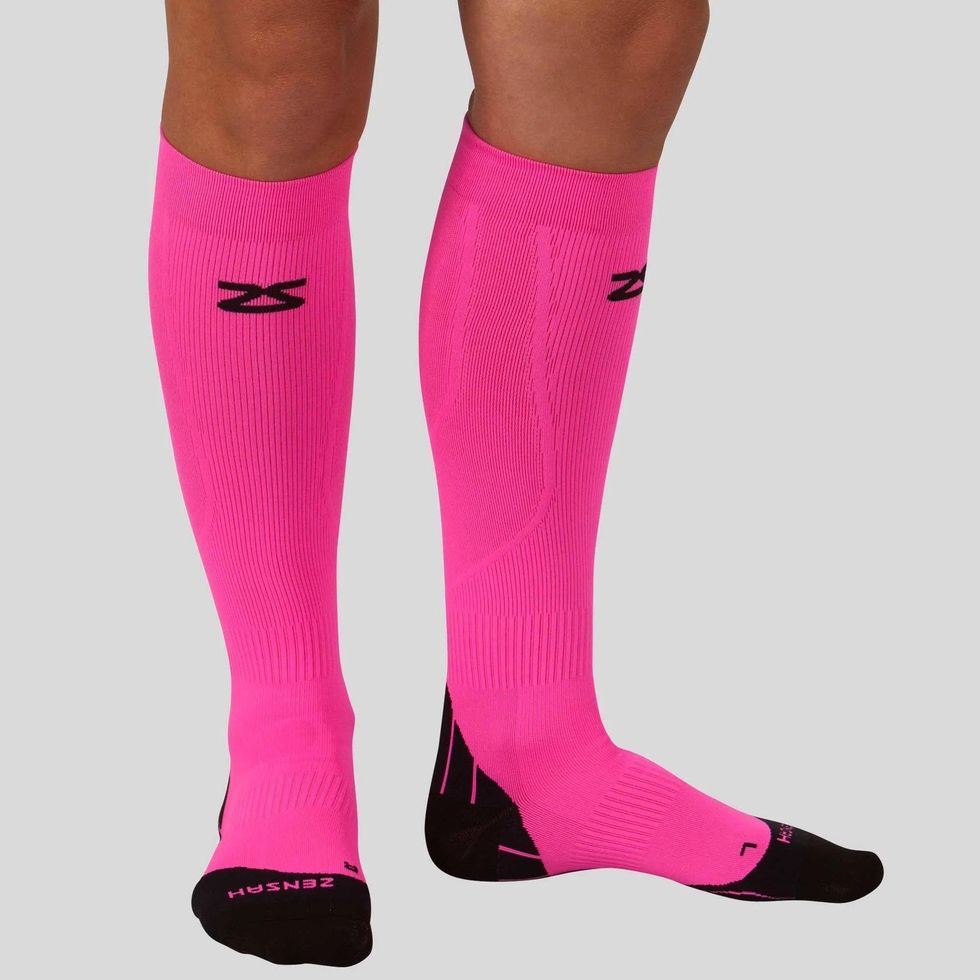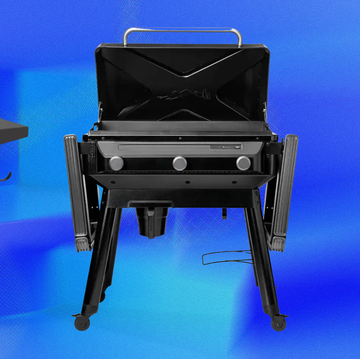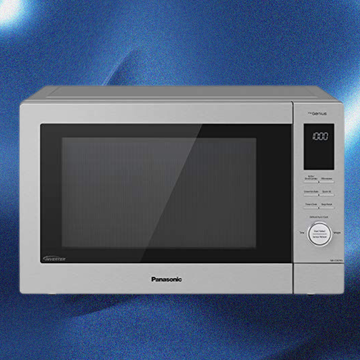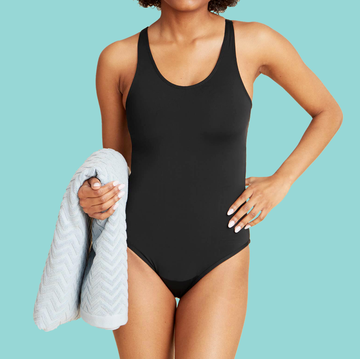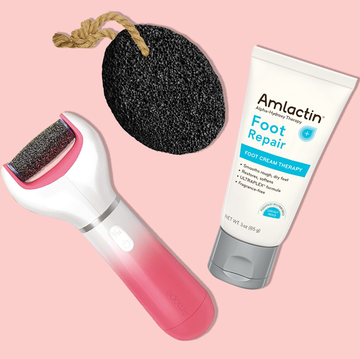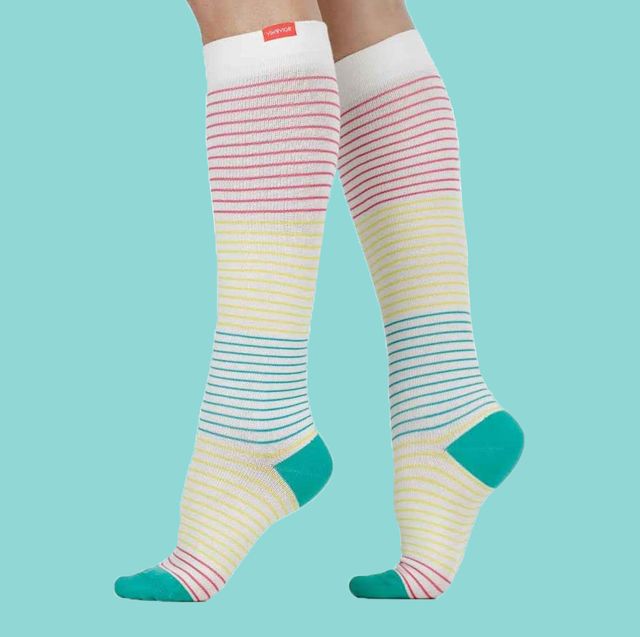
We've been independently researching and testing products for over 120 years. If you buy through our links, we may earn a commission. Learn more about our review process.
When you take a long-haul flight or spend your whole shift standing, you may notice swollen ankles and legs at the end of the day. Thankfully, there's an easy and comfortable solution for this bothersome condition: compression socks. These knee-high wonders work by applying graduated pressure to your calves and feet, improving blood flow and, as a result, alleviating any swelling, said Soo Rhee, M.D., a vascular surgeon at Weill Cornell Medicine, who noted they can also help relieve leg discomfort related to varicose veins and decrease the risk of blood clots.
Nowadays, you can find commercially available compression socks in any style — and not just in the pharmacy aisle. In recent years, the Good Housekeeping Institute Textiles Lab has tested over 90 different socks, including compression socks, to determine the best options available online. So whether you're on your feet all day, an avid runner, planning for a long flight or have swollen feet from pregnancy, you can find compression socks at the your ideal level of compression for some much-needed relief.
- Best Overall: VIM&VIGR Cotton Graduated Compression Socks in 15–20 mmHg
- Best Value: Copper Fit Energy Compression Socks
- Best for Circulation: CEP The Run Compression Tall Socks 4.0
- Best for Wide Calves: Physix Gear Sport Compression Socks
- Best for Travel: Comrad Knee-High Compression Socks
- Best for Swelling: MudGear Premium Compression Socks
- Best for Running: Zensah Tech+ Compression Socks
Emma Seymour (she/her) is the associate director of the Good Housekeeping Institute's Textiles, Paper and Apparel Lab, where she has led testing for luggage, pillows, towels, tampons and more since 2018. She graduated from Cornell University with a bachelor of science in fiber science and apparel design and a minor in gerontology, completing research in the Body Scanner Lab on optimizing activewear for athletic performance.
Grace Wu (she/her) is a product reviews analyst at the Good Housekeeping Institute's Textiles, Paper and Apparel Lab, where she evaluates fabric-based products using specialized equipment and consumer tester data. Prior to starting at Good Housekeeping in 2022, she earned a master of engineering in materials science and engineering and a bachelor of science in fiber science from Cornell University. While earning her degrees, Grace worked in research laboratories for smart textiles and nanotechnology and held internships at Open Style Lab and Rent the Runway.


The 15 Best Natural and Organic Sunscreens

The Best Mosquito Repellents
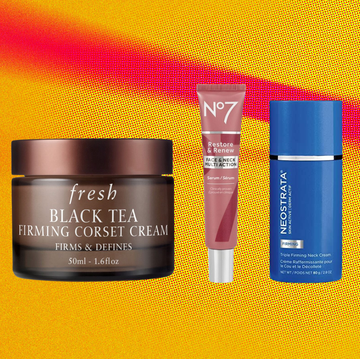
The Best Neck Firming Creams
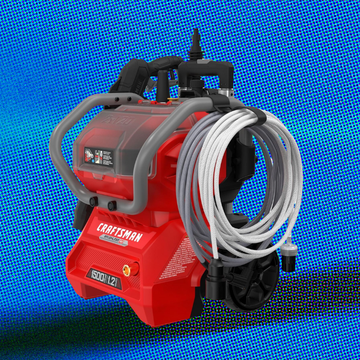
The Best Pressure Washers
